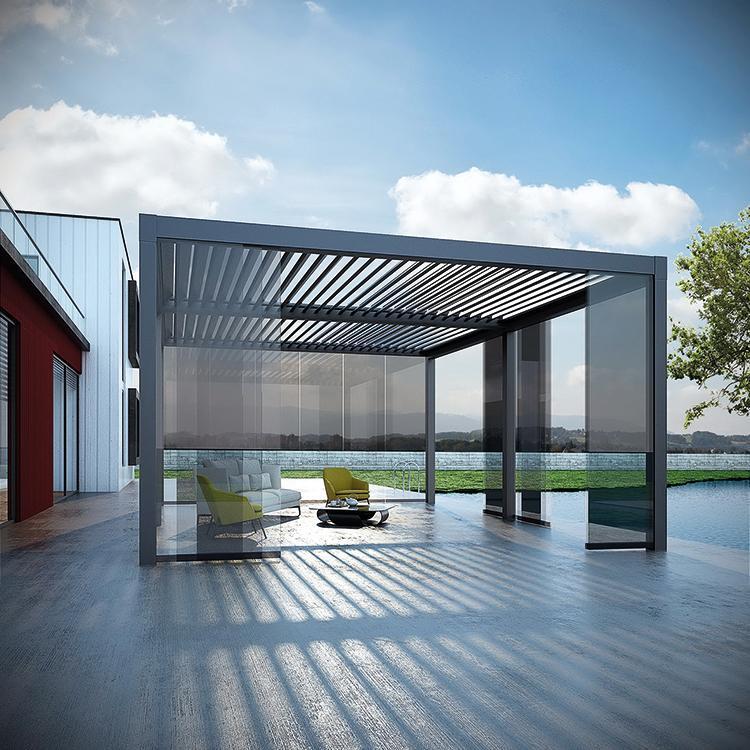The Pavilion Weaver of Madrid
The Pavilion Weaver of Madrid
In the heart of Madrid, where the sun spilled like molten gold over the Retiro Park’s ancient oaks, Li Ming adjusted his faded blue hard hat and squinted at the blueprint clutched in his weathered hands. The air hummed with the distant strum of guitars and the scent of orange blossoms, but his mind was fixed on the lattice of beams before him—a skeletal promise of a pabellón, a凉亭 (liángtíng), that would soon grace the park’s eastern edge.
The project had begun as a cultural exchange, a bridge between China’s timeless craftsmanship and Spain’s fiery passion for art. Li Ming, a 42-year-old engineer from Suzhou, had been handpicked for his mastery of gongfu carpentry—a discipline where joints interlocked without nails, and every curve whispered of centuries-old tradition. Yet here he stood, amidst a chorus of Spanish laborers and a foreman who spoke broken Mandarin, translating centimeters into centímetros and eaves into aleros.
“¿Todo bien, Maestro Li?” asked Miguel, the site supervisor, offering a thermos of bitter café con leche. Li Ming nodded, though his stomach churned. The design—a hybrid of Ming Dynasty elegance and Mudéjar flourishes—had been his brainchild, but executing it in a foreign land was another beast. The local oak, coarse and unpredictable, rebelled against the precision of his Chinese tools. The workers, initially skeptical of his “medieval methods,” had nicknamed him El Mago de los Nudos—the Magician of Knots—for his ability to coax stubborn wood into submission.
Days blurred into a rhythm of sawdust and sunlight. Li Ming taught the crew to carve dougong brackets, intricate wooden brackets that would support the roof, while they taught him to curse in Spanish (a skill he employed more freely as rain delayed the project twice). One evening, as he sketched a solution to a crooked beam on a napkin at a nearby café, an elderly man paused beside him.
“Eso se parece a la Alhambra,” the man said, tracing the interlocking patterns. “But with the soul of the Forbidden City.” It was Don Javier, a retired architect and park regular. Over glasses of tinto de verano, they spoke of symmetry and spirit, of how buildings, like people, carried the stories of their makers.
The breakthrough came on a sweltering August morning. Li Ming, inspired by Don Javier’s words, abandoned the rigid blueprint. He let the oak’s grain dictate the curves, blending Chinese yinyang philosophy with the organic curves of Gaudí. The workers, initially baffled, soon marveled as the structure seemed to breathe—columns swelling like tree trunks, the roof arcing like a phoenix in flight.
By autumn, the pavilion stood complete. Tourists paused beneath its shade, children chased each other through its columns, and flamenco dancers practiced beneath its lattice, sunlight dappling their skirts like confetti. At the inauguration, the mayor praised it as “a dialogue between continents,” but Li Ming knew better. It was a testament to patience—to the way a Chinese engineer and a Spanish crew had learned to listen to the wood, to each other, and to the land itself.
As dusk fell, Li Ming lingered, running a hand over a carving of a crane, its wings blending seamlessly into a Moorish star. Somewhere, a guitar began to play. He smiled. The pavilion wasn’t just a structure. It was a story, etched in wood and sunlight, of how the world could come together, one joint at a time.
